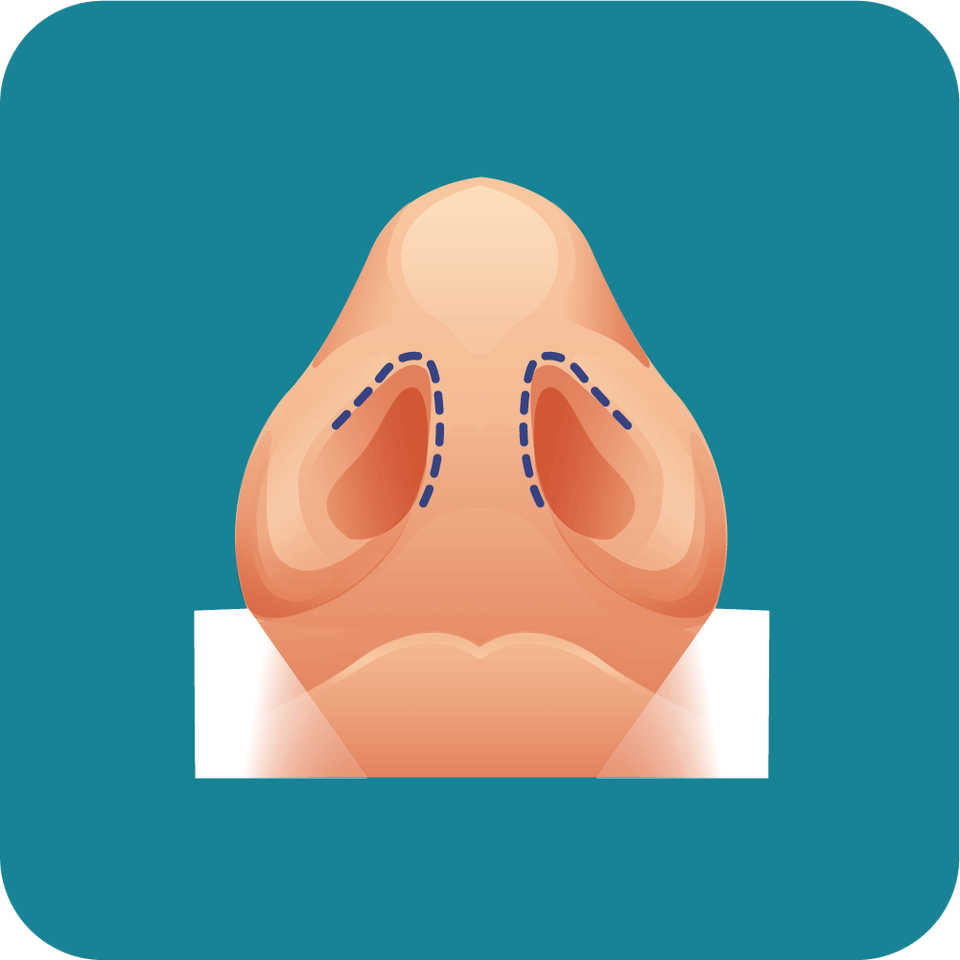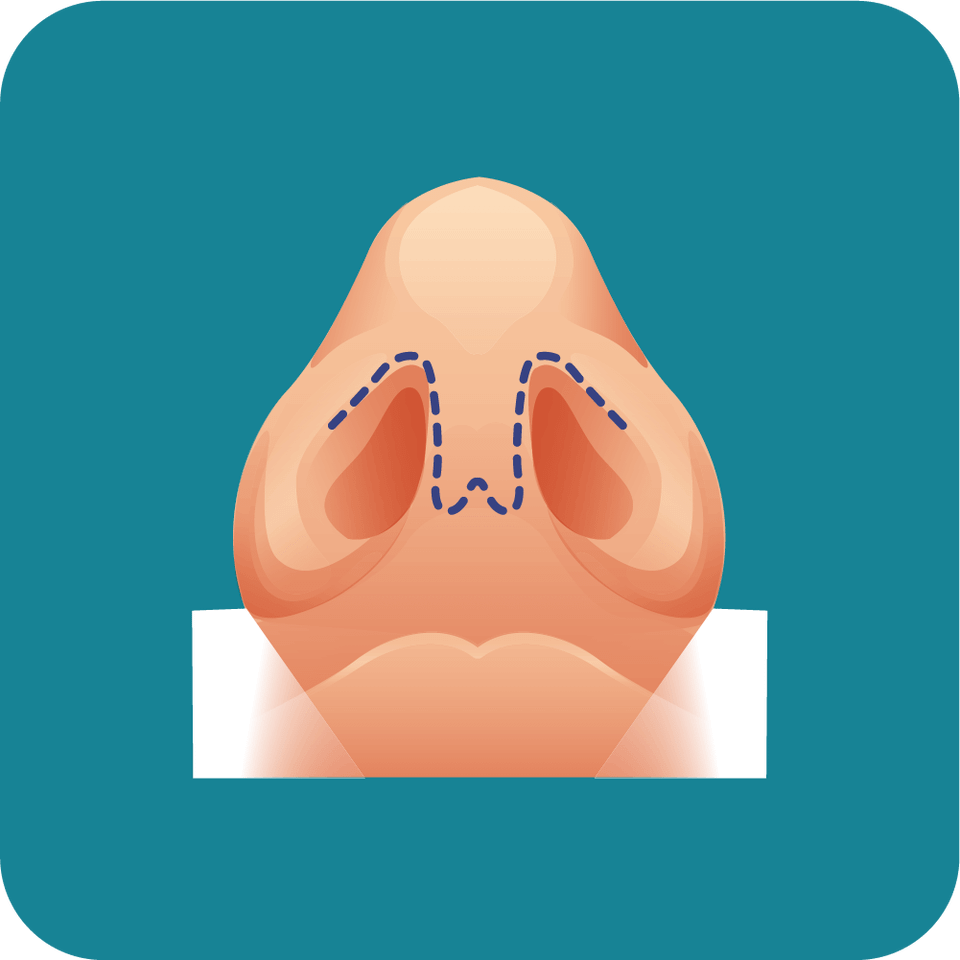How long does a nose job for men take to heal?
Many patients are concerned with how long their swelling after surgery may last. Your nose will likely swell during recovery after removing the nasal splint. The amount of swelling depends on many factors like the type of rhinoplasty, the thickness of your skin, and the extent of the procedure.
Generally, after two weeks you will be ready to return to work and be seen out and about. Swelling has reduced enough at this point that it is less obvious that you had a procedure performed. Your nose will continue to heal over time, with final results being visible after about a year.
After around three months, much more swelling has resolved and you will have a better idea of the new shape and size of your nose. After six months, approximately 90% of the swelling will be gone.
If you have significant work done in your nose job, it may take a year or more to see the swelling in the tip of your nose resolve.










